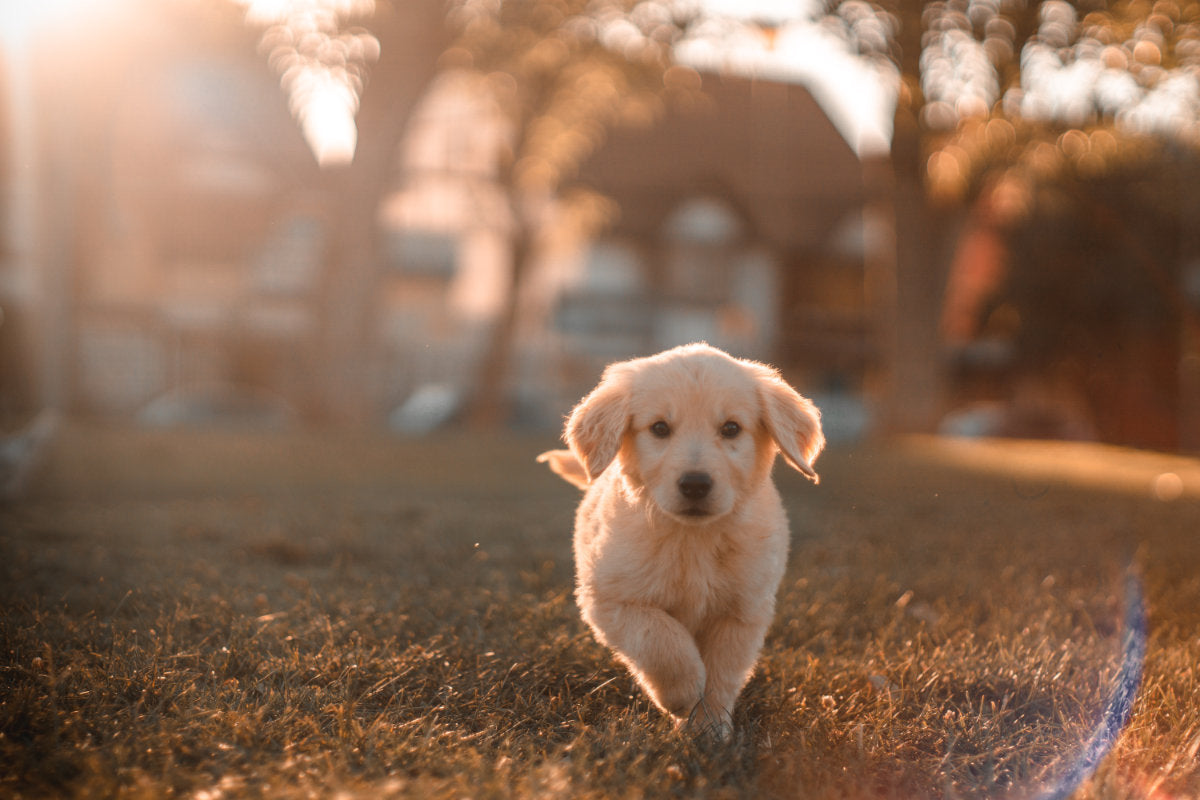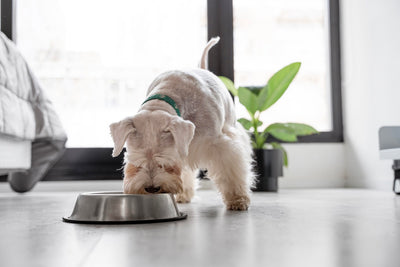When it comes to feeding our dogs, it can be difficult to know how much kibble and wet food to give them. Different factors such as weight, activity level, age, and environment can all play a role in determining the appropriate amount of food to feed your canine companion. In this blog post, we will provide you with some tips to help you decide how much to feed your dog.
The first step in determining the appropriate amount of food to feed your dog is to check their current body condition. A body score chart can easily help you do this by visually checking if your dog is average, overweight, or underweight. This chart will help you determine if your dog needs to gain, lose, or maintain their weight. Next, weigh your dog and record the number so that you can easily track if their weight changes.

If you feed your dog primarily dry food, check the package for the daily feeding guidelines for their weight, age, and activity level. If you wish to provide your dog with a combination of dry and wet food, you should also check how much wet food would be required on a daily basis, because you will need to consider all of those calories. Wet food is not as calorically dense as kibble due to the moisture levels, so you will need to feed more wet food to provide the same amount of calories as kibble.
For example, let's say you have a 30 lb reasonably active adult dog. You want to feed him a combination of GO! SOLUTIONS SKIN + COAT CARE Chicken Recipe With Grains dry food and GO! SOLUTIONS SKIN + COAT CARE Shredded Chicken Recipe With Grains wet food. If you want to feed 50% kibble and 50% wet food, you would use the feeding guidelines for each and provide half as much daily.
In this example, you would feed ¾ cup of dry food and 1 1/4 to 1 3/4 cartons of wet food per day. If you want to feed 75% kibble and 25% wet food, you would use the feeding guidelines for each and calculate how much 75% would be for providing dry food and 25% of the feeding guidelines for the wet food.
Feeding Guidelines Example:

It is crucial to monitor and adjust the amount of food you give to your dog over time in order to maintain their ideal body weight. One way to ensure accuracy is by weighing your pet's food. Keep in mind that treats, although a nice reward, can also contribute to weight gain if not monitored properly. It's essential to limit treats to no more than 10% of your dog's daily caloric intake to prevent overfeeding.
In summary, to ensure your dog maintains its ideal body weight, it's crucial to regularly adjust their food intake based on their body condition. We suggest using a food scale to measure out your dog's meals for more accuracy. Treats can also have an impact on your dog's weight, so it's important to keep these to a minimum and make sure they don't exceed 10% of your dog's daily caloric intake. Remember that finding the right balance for your dog's nutritional needs is an ongoing process, and factors like activity level, climate, and age can affect their weight and body condition over time.






